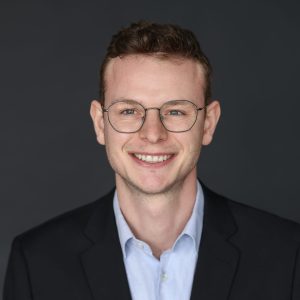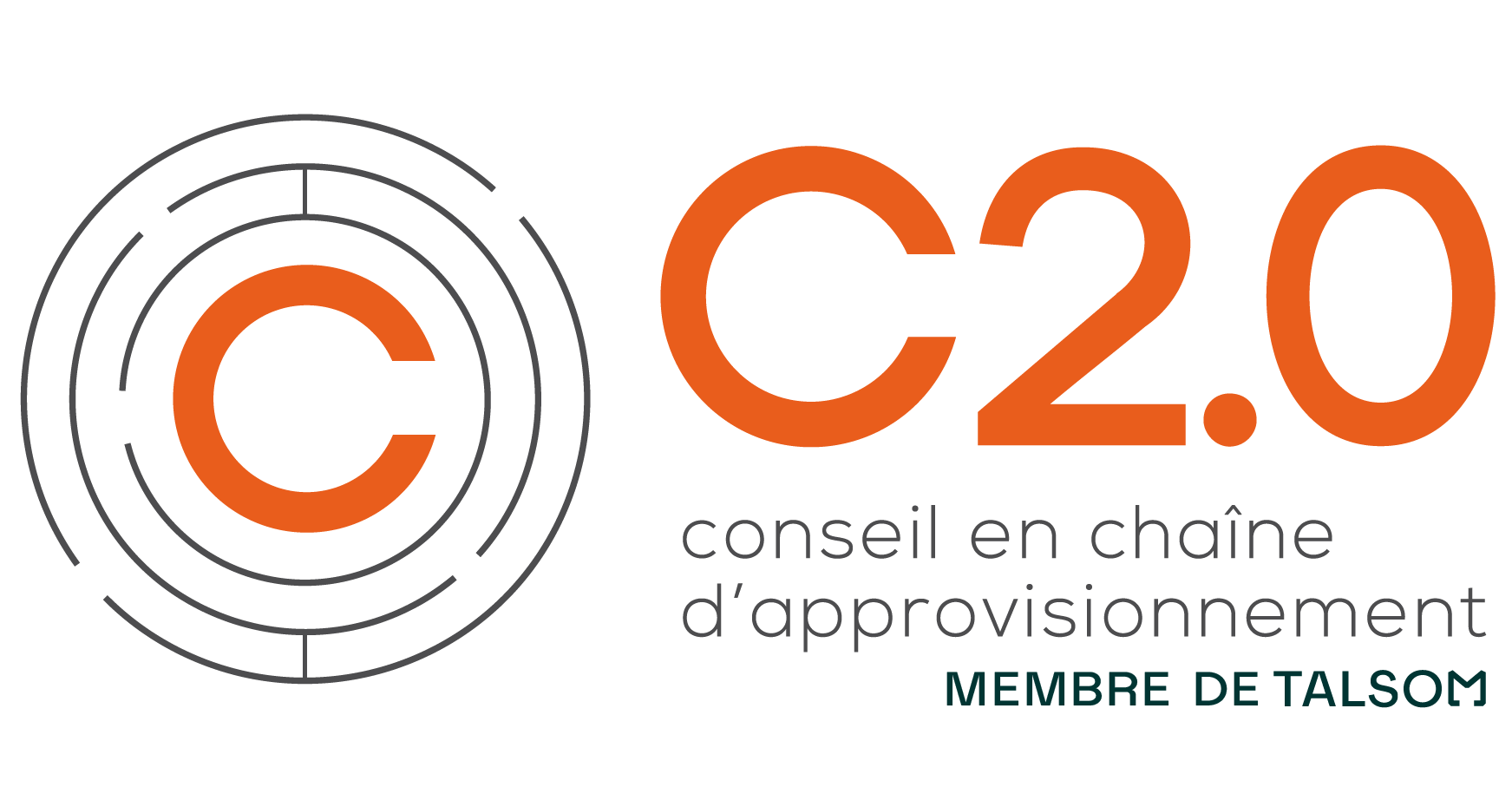
Renaud Pierchon
Consultant - Transportation & Networks
In the complex and ever-evolving landscape of modern logistics, transport traceability emerges as a fundamental cornerstone. This revolutionary practice allows for precise tracking of each stage of transportation, from origin to destination, with real-time visibility into the flow of goods. Its multiple beneficial effects significantly impact the entire logistics process.
I) Benefits of Transport Traceability
First and foremost, it offers unprecedented optimization of the supply chain. By allowing precise tracking of each step of transportation, from origin to final destination, it provides increased visibility into the flow of goods. Thanks to real-time monitoring, potential issues can be quickly detected, allowing teams to react swiftly and implement mitigation solutions. This reactivity reduces delays, additional costs, and negative impacts on the entire supply chain. The result is better forecasting, improved visibility of goods flow, and more efficient resource utilization.
Furthermore, transport traceability greatly enhances the quality of customer service. Real-time information about the location and status of goods enables companies to provide accurate updates to customers regarding the delivery of their products. This transparency builds trust in the company and contributes to a positive experience. Additionally, in the event of potential issues such as delays or disruptions, customer service teams can take proactive measures to mitigate negative impacts and maintain customer satisfaction.
Moreover, transport traceability facilitates informed decision-making. Data collected throughout the transportation process provides valuable insights for analysis and planning. Logistics managers can identify trends, evaluate carrier performance, identify improvement opportunities, and anticipate future needs. This in-depth knowledge of logistics operations allows for proactive and strategic management, leading to more informed decisions and, ultimately, enhanced supply chain performance, resulting in a 30 to 50 percent reduction in transportation penalties.
Finally, one of the major advantages of transport traceability is risk reduction. By identifying potentially risky carriers, warehouses, or stores and monitoring the movement of goods, companies can take preventive measures to minimize losses due to delays or other unforeseen incidents. This proactive vigilance contributes to the security of transported goods and the preservation of the company’s reputation. This results in a 10 to 40 percent increase in the productivity of warehouse, store, and customer service personnel.
In summary, transport traceability is much more than a simple logistical tool. It is a cornerstone of operations, offering substantial benefits such as increased optimization, improved customer satisfaction, informed and agile decision-making, a 30 to 50 percent reduction in transportation penalties, risk reduction, and a 10 to 40 percent increase in the productivity of warehouse, store, and customer service personnel. Its essential role continues to evolve in the logistics landscape to meet the ever-growing demands of a globalized and demanding economy.
II) A Competitive Market
Indeed, the increasing globalization of trade, high expectations for fast and precise deliveries (as exemplified by Amazon’s visibility), and the pressures to reduce costs and minimize risks have stimulated the demand for transport traceability solutions. Companies seek to enhance their visibility into logistics operations to better meet customer expectations and gain competitiveness. Consequently, the market for transport traceability software is vast and diverse. It includes companies specializing in the development of cargo or vehicle tracking solutions, as well as TMS providers with visualization platforms. Examples include FourKites, Project44, Transplace, Descartes MacroPoint, Samsara, TrackX, Radar, KeepTruckin, Convey, and Shippeo.
III) The Limits and Opportunities of the Tools
However, these software tools have their limitations. They rely on technologies such as the internet and computer systems. In the event of technical failure, network outages, or IT issues, access to visualization may be compromised, impacting operations management. These tools also depend on the quality and accuracy of incoming data. Incorrect, outdated, or incomplete data can lead to erroneous or misleading visualizations. Additionally, data from different sources can be complex and challenging to interpret. Even with visualizations, fully comprehending trends, relationships, and anomalies in the data can be complicated.
These limitations notwithstanding, the platforms collect real-time data from various sources, including TMS systems (EDI or API) or carrier GPS data. These data are then aggregated and analyzed to provide complete visibility into the location, status, and delivery times of shipments. Real-time information includes the precise location of vehicles, estimated arrival times, potential delays, and incident notifications. Traceability tools also offer advanced analysis capabilities that allow companies to optimize their logistics operations. The collected data can be used to identify trends, evaluate carrier performance, optimize routes, and improve planning.
Furthermore, some software integrates emerging technologies such as the Internet of Things (IoT), blockchain, and artificial intelligence (AI). These technologies can enhance the accuracy and security of traceability data while opening up new possibilities for automation and predictive analysis. Indeed, traceability software has a promising future, with significant advancements expected in several key areas, such as AI and advanced analytics. Visualizations may soon be capable of automatically recognizing complex patterns and identifying subtle trends that may not be apparent to the human eye. Additionally, these visualization tools will facilitate real-time collaboration among users. Multiple parties can work together on the same visualizations, promoting communication and collective decision-making. Thus, there are many avenues for improvement, such as integration with other technologies, user-friendly and ergonomic interfaces, as well as 3D visualizations and augmented reality (AR).
Transport traceability software is essential today but is subject to limitations, including reliance on computer technologies and the need for accurate data. However, they have many promising future advancements, such as artificial intelligence and augmented reality, ensuring a bright future for these systems.
In conclusion, transport traceability is a fundamental practice in the complex landscape of modern logistics. It offers real-time visibility into the flow of goods, bringing considerable benefits such as supply chain optimization, improved customer satisfaction, informed and agile decision-making and risk reduction. However, these tools are not without their challenges, including reliance on computer technologies and the need for accurate data. Despite these limitations, transport traceability software continues to evolve to meet changing needs. Artificial intelligence, augmented reality, and other emerging technologies open up exciting new possibilities for improving these essential tools. Thus, these crucial tools will continue to play a crucial role in managing logistics operations, contributing to the efficiency and competitiveness of businesses on a global scale.







